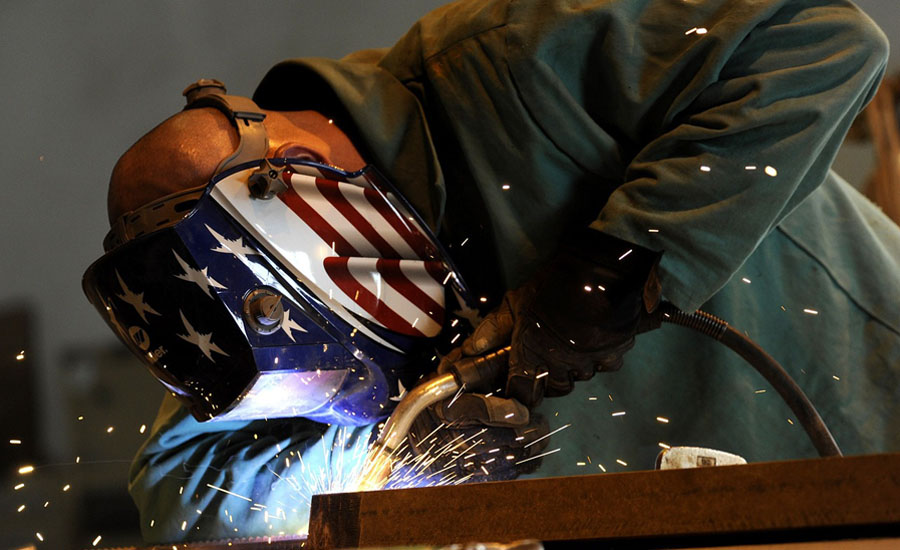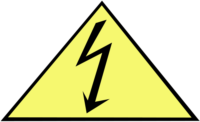How to avoid welding hazards

Exposure to Fumes and Gases
- Welding operators should always wear an approved respirator unless exposure assessments are below applicable exposure limits.
- Report concerns to a supervisor so your exposure to substances of the welding fumes can be checked.
Physical Hazards
- Wear appropriate PPE like welding helmet and goggles to protect workers’ eyes and head from hot slag, sparks, intense light, and chemical burns.
- Fire and electricity resistant clothing, hand shields, welding gloves, aprons, and boots can be worn to protect workers from heat, fires, electrocution, and burns. Take note that flame retardant treatments become less effective with repeated laundering. Pant legs must not have cuffs and must cover the tops of the boots. Cuffs can collect sparks.
- Earmuffs and earplugs can also protect workers against noise.
Electric Shock
- Inspect welding equipment and electrode holder before proceeding to work.
- Perform lockout and tag out procedures when performing repairs. Only qualified repair technicians should service or repair welding equipment.
- Do not touch the metal parts of the electrode holder with skin or wet clothing.
Fire and Explosion
- Keep a suitable Class ABC fire extinguisher nearby while welding. Make sure the extinguisher gauge is full. If an extinguisher is not available, be sure to have access to fire hoses, sand buckets or other equipment that douses a fire.
- If welding within 35 feet of flammable materials, put a piece of sheet metal or fire-resistant blanket over the flammable material and have a fire watcher nearby to keep track of sparks.
- Remain in the work area for at least 30 minutes after finishing welding to ensure there are no smoldering fires.
Source: Safetyculture.com
Looking for a reprint of this article?
From high-res PDFs to custom plaques, order your copy today!





